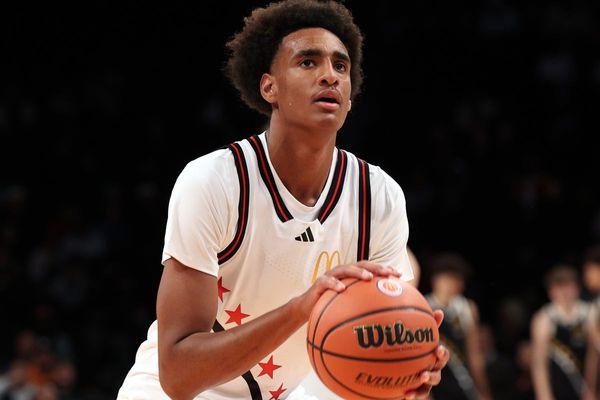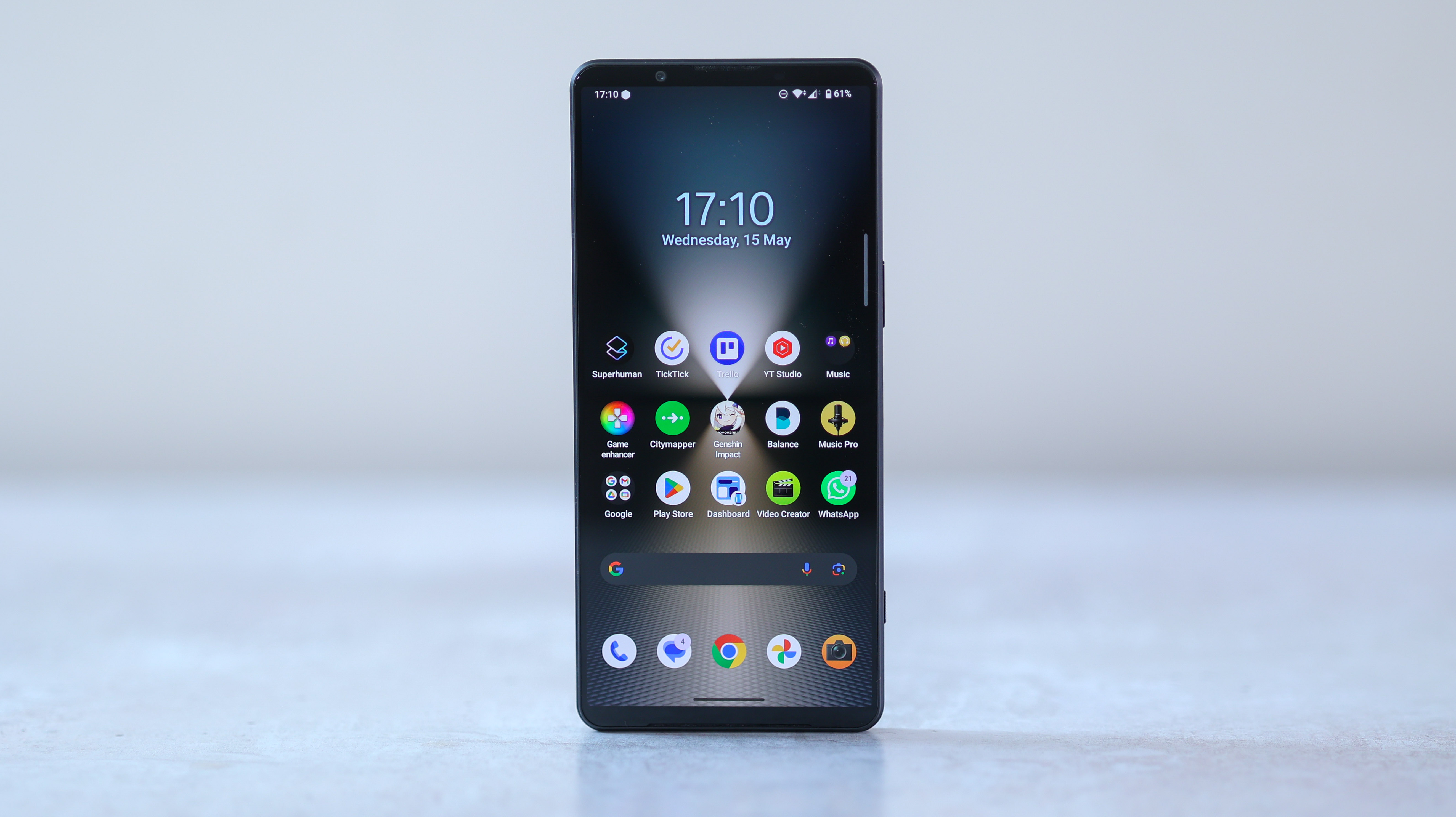
Sony smartphones have niched down over the years, focusing on enthusiast camera features and cinema-wide 21:9 4K screens. But this year Sony seems to be going for the mainstream.
The Xperia 1 VI is, on paper, pared back in some aspects when compared to its predecessor, the Xperia 1 V. Its screen is Full HD, not 4K, it misses out on pro video features as seen in the Xiaomi 14 Ultra and past Sony phones – at least until a future update – and Sony has also ditched the 21:9 aspect ratio its phones have become known for in favour of a more traditional, squat 19.5:9 screen. What’s going on?
Yes, some aspects of Sony’s new superphone have taken a hit, but the Xperia 1 VI is also a very upgraded update in many respects. The zoom camera takes you all the 7.1x (an 85-170mm equivalent new zoom), it also takes seriously impressive macro shots, and the Xperia 1 VI is the first Sony phone with a vapour chamber cooling system.
Tried and tested Sony favourites are also back for 2024, including front-firing speakers, a selfie camera without a punch hole or notch for an uninterrupted screen, a headphone jack, a SIM tray you can pull out with your finger, and Sony’s trademark slimline design with no bulging camera bumps. Is all that enough to keep Sony's die-hard Xperia fanbase on board?
Sony Xperia 1 VI: price & availability
Just like the Xperia 1 V before it, the Xperia 1 VI is expensive at £1,299 for the 256GB option. While US and Australia pricing is unconfirmed, the Xperia 1 V launched at $1,399/AU$2,099, so we anticipate the 1 VI to match those numbers – unless either region ups the base storage to 512GB.
You can pre-order the Xperia 1 VI right now, with the phone hitting shelves at the beginning of June, and Sony is also launching a Style Cover with Stand in three colours – matching those of the 1 VI – Black, Khaki Green and Platinum Silver, costing an extra £34.99.
Sony Xperia 1 VI review: design & display
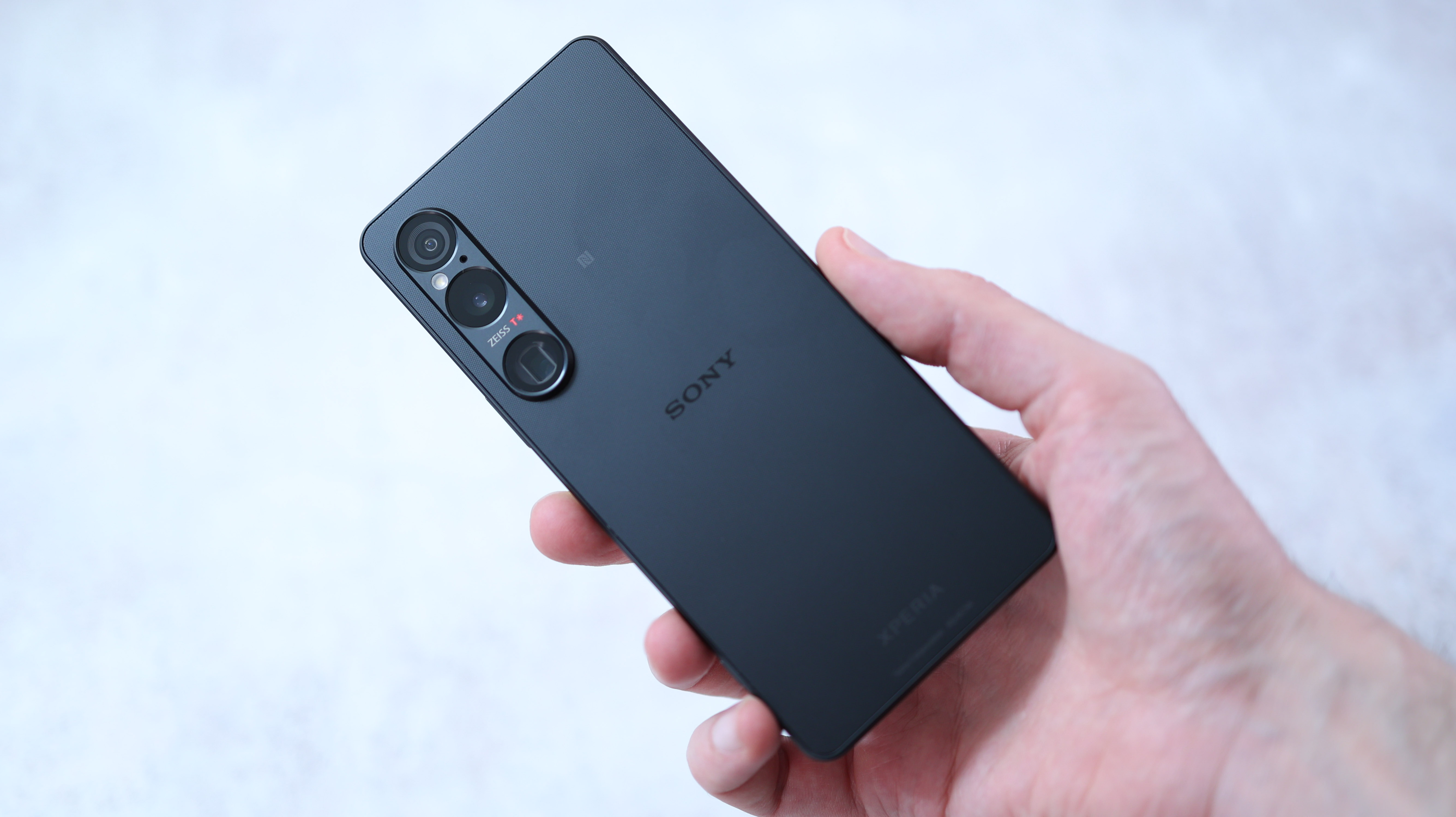
While the overhauled screen shape and resolution might seem like Sony has totally reimagined its flagship, the reality is that the Xperia 1 VI is still a very Sony phone with flat sides, a flat front and back, and the same finishes we saw on the previous Xperia 1 V.
Weighing 192g and measuring 8.2mm thick, the Xperia 1 VI is relatively light for a high-end smartphone, and it isn’t too chunky either. So, while it doesn’t feel as slinky as some curved-screen phones like the Motorola Edge 50 Pro, the striated metal frame is grippy and a slight bevel masks a bit of thickness. This is matched with a very fine, dotted texture around the back, once again adding grip, and works well in the hand.
With IP68 water and dust resistance, Gorilla Glass Victus 2 on the front and Gorilla Glass Victus on the back, the Xperia 1 VI is relatively hardy, though there’s no pre-fitted screen protector or case in the box, which you do get with some competition.

Speaking of the box, we have to commend Sony for making packaging minimal, even going so far as to manufacture a new material, SORPLAS, a flame-retardant recycled plastic within the phone itself. This minimal and eco-focused approach does extend to box contents, though, so don’t expect a charger or even a power cable with your pricey new Xperia phone.
With a 3.5mm headphone jack, a SIM tray that you can pop out with a fingernail, and front speakers, Sony fans shouldn’t feel totally snubbed by the move to a wider screen. The inclusion of an SD card slot is also a unicorn in 2024 flagships.
The screen is a 6.5-inch Full HD panel with a resolution of 1080 x 2340, and a pixel density of 396 pixels per inch (PPI). If you’re a spec whisperer, you may be confused that a £1,299 flagship is packing these midrange screen credentials.
Last year’s Xperia 1 V has a pixel density of 643PPI, the iPhone 15 Pro Max’s display is 460PPI, while the Pixel 8 Pro’s is 489PPI, and the Galaxy S24 Ultra’s is 505PPI. For Sony to go from 4K to Full HD is a bold move, but I really do think it sounds worse than it is.

The Xperia 1 VI’s screen is as sharp as it needs to be for comfortable gaming, watching, reading and messaging. By dropping the resolution, Sony was able to make the screen brighter and improve battery life, and for me personally, those are good trade-offs, even if you have to forego the sharpest mobile display bragging rights.
With a 1-120Hz variable refresh rate, the 1 VI looks smooth, packs great viewing angles and there are plenty of customisation options in the settings. Being an OLED panel, it’s also very punchy and deep, and the boosted brightness results in superior contrast ratios for HDR content.
The phone’s speakers also impress in the real world with front-firing sound, making them extremely difficult to cover up, great for watching on or gaming when holding the phone sideways. In true Sony style, audio is clearly a focus. Going beyond the inclusion of a headphone jack, you can tweak the sound settings extensively, with DSEE or Dolby tuning, a customisable EQ, and even game-specific profiles in the Game Enhancer menu.
Sony Xperia 1 VI: performance & battery life

Powered by a Snapdragon 8 Gen 3 chipset with 12GB RAM, the Xperia 1 VI is plenty powerful, despite Sony being relatively late to the chipset. Being the first Sony phone with a vapour chamber cooling system and the only current-gen flagship with front-firing speakers, gamers might gravitate towards it if gaming phone camera quality puts them off.
It fits like a glove in the BackBone One controller too. I used it with the 2nd Gen option, and the updated aspect ratio is better for native Android games and 16:9 PS Remote Play-style gaming than past-gen 21:9 Xperia handsets.
Older Sony phones like the Xperia 1 IV have been known to overheat, while more recent options like the 1 V have throttled aggressively to keep heat down. So it’s great to see the Xperia 1 VI strike a better balance of performance without scorching temperatures. It gets warm when gaming, but is never uncomfortable to use and keeps in-game frame rates high.
At the price, the Xperia 1 VI’s 256GB storage is paltry, but at least this can be bumped up by 1.5TB with a microSD card, sold separately.
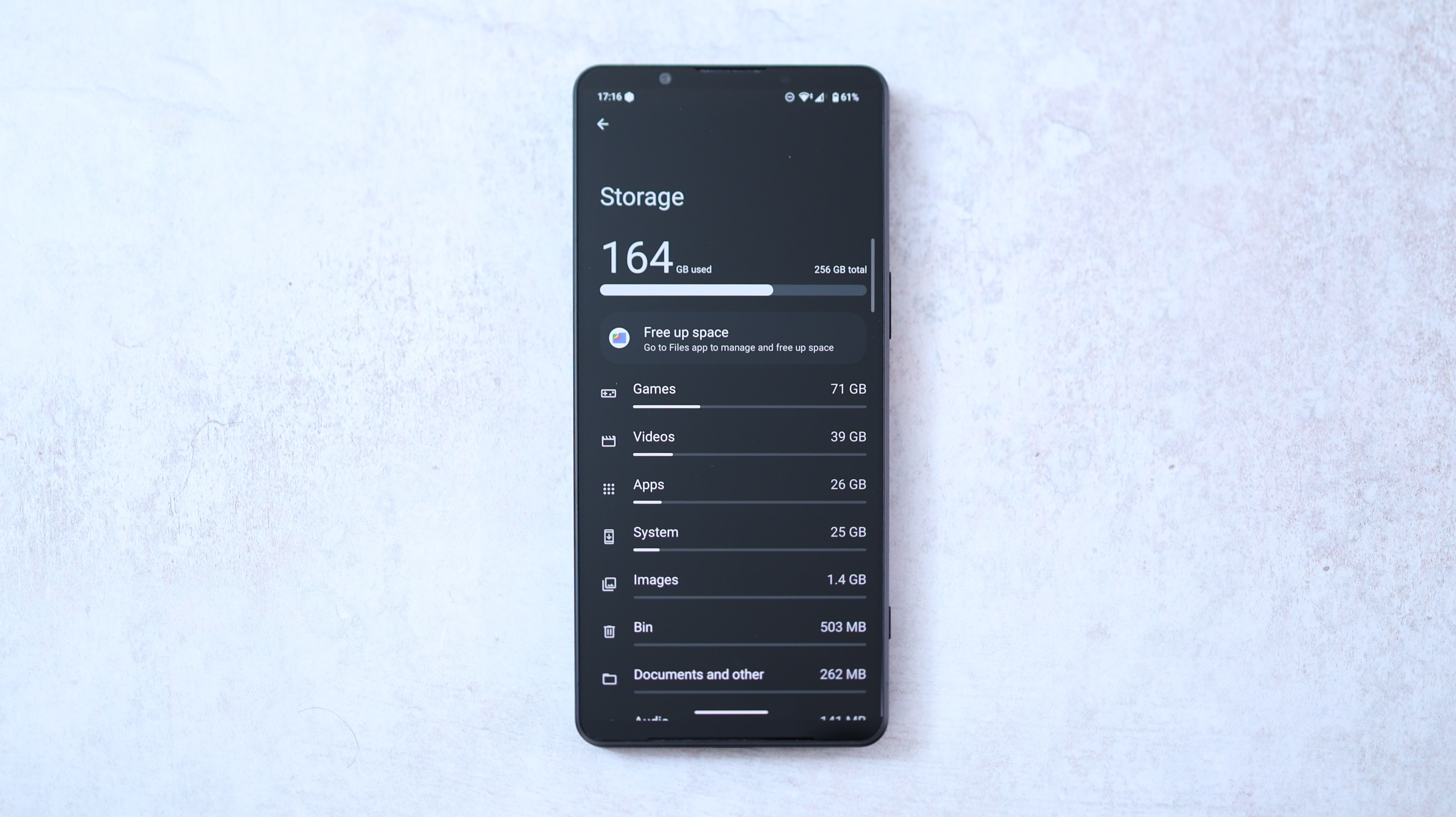
Running Android 14 out of the box, Sony commits to three years of software updates and four years of security updates, adding roughly a year to its past update promise, though this still doesn’t compete with the seven-years-plus that Apple, Google and Samsung flagships carry.
What does compete much more aggressively with the competition is the Xperia 1 VI’s battery life. The 5000mAh capacity cell is unchanged compared to the Xperia 1 V, but I enjoyed much better battery from the 1 VI, likely owing to the move from a 4K to a Full HD display.
A 30-minute episode streaming on Netflix drained the battery by 2%, even with screen brightness at 75%, and a three-hour-long film only drained it by 8%. That means the phone could last two days with modest use, and will easily keep you connected for a full typical day.
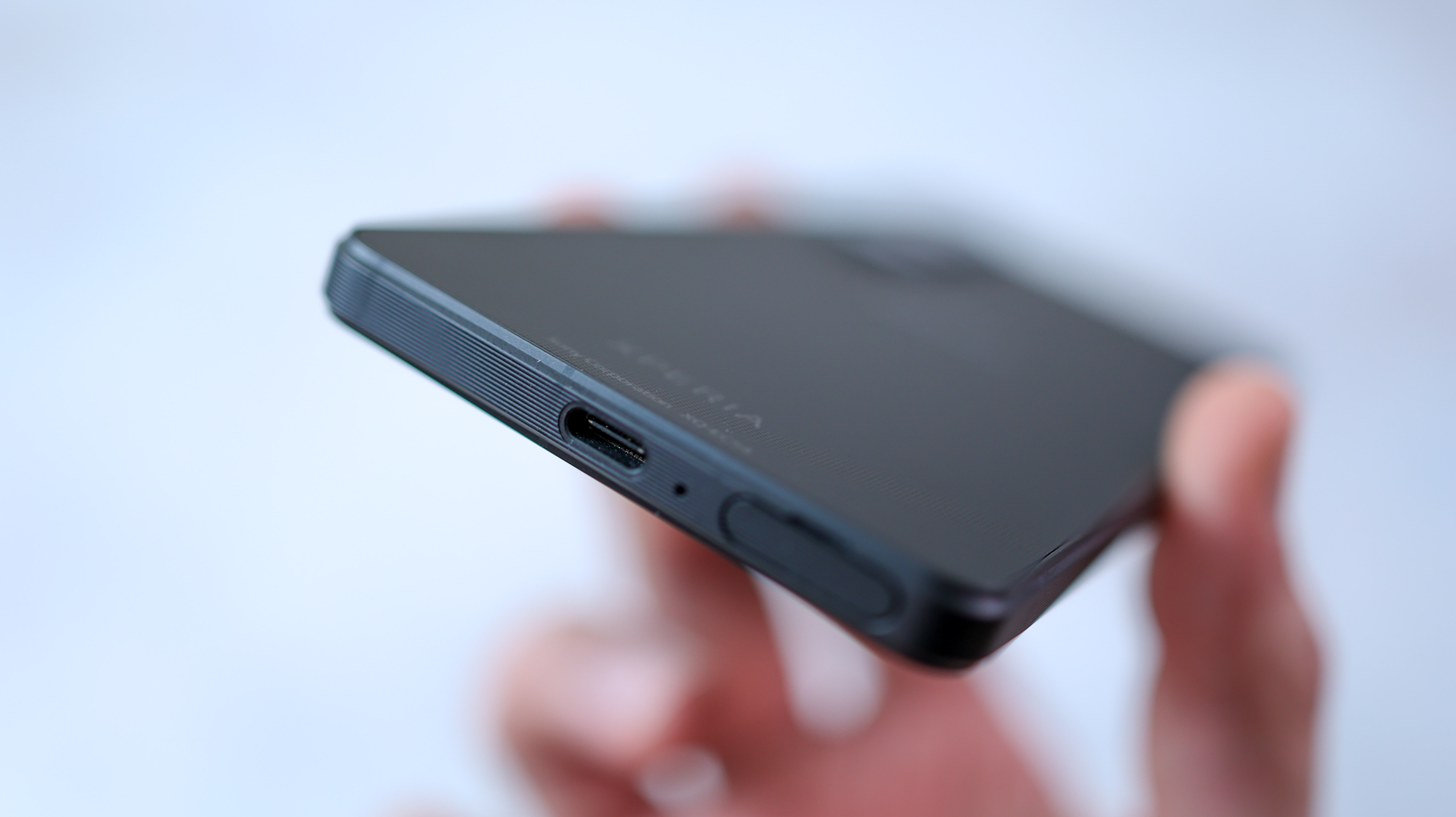
With wireless and wired charging, but no fast-charging, the Xperia 1 VI powers up when you plug it in at 30W, hitting 50% after around 21 minutes, and a full charge after roughly 80 minutes.
Sony Xperia 1 VI review: cameras
Sony has recycled the main 48MP and ultra-wide 12MP cameras from the Xperia 1 V for a second innings, but the upgrade this year is to the zoom camera. Before explaining what’s new, it’s worth a quick primer on smartphone zooms.
Unless you have a Sony Xperia, your smartphone probably doesn’t have an actual zoom lens. Instead, it has multiple lenses at different fixed focal lengths, and it digitally zooms between them. Sony, however, pioneered an actual zoom lens for its Xperia 1 series, so the lens moves to magnify the image that falls on the sensor. The problem with past Xperia zooms was that while the tech was very impressive, the results weren’t, falling behind phones with multiple fixed-zoom cameras.
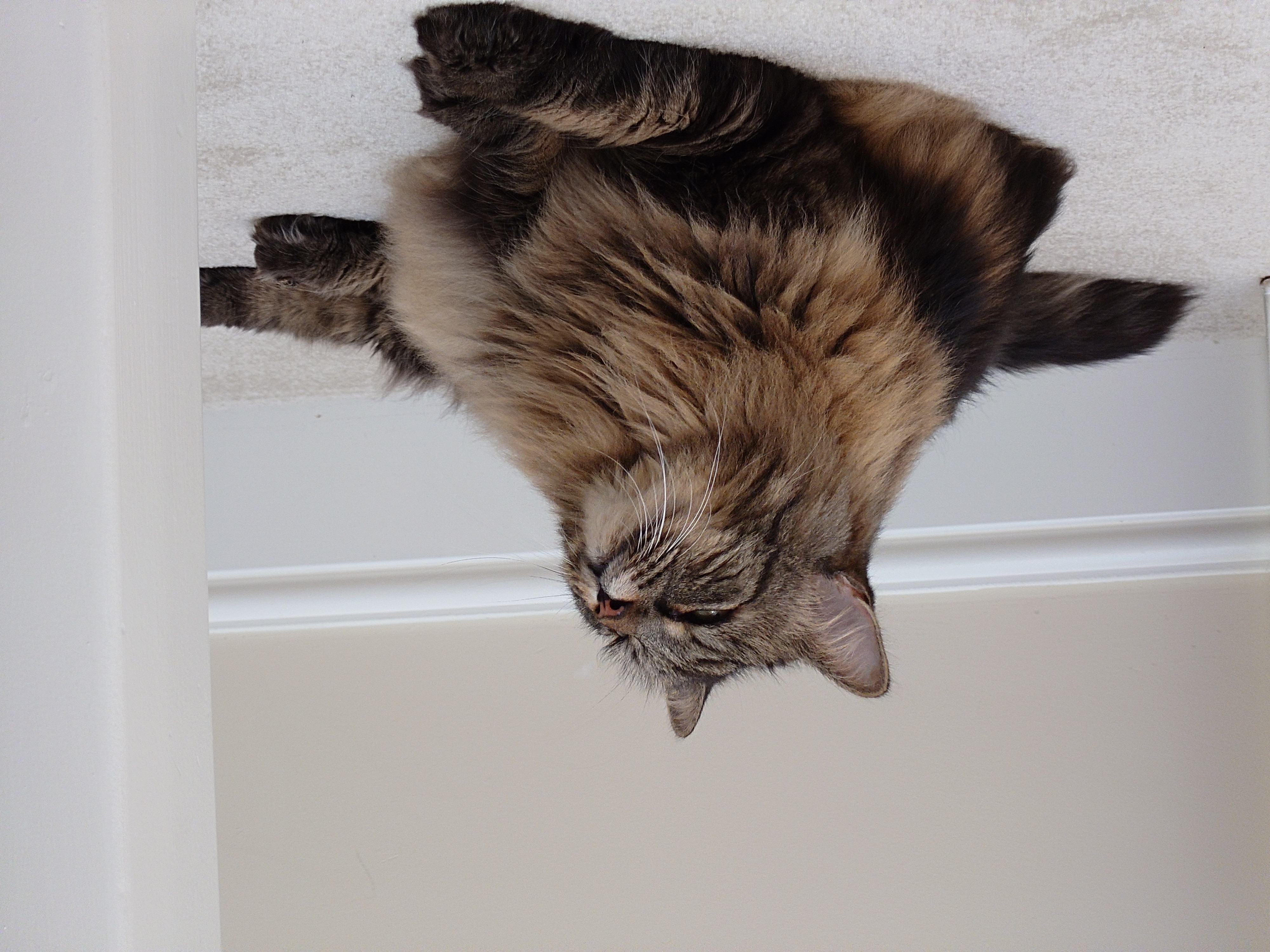
Back to the new Xperia 1 VI: this is the first phone with Sony’s continuous zoom tech that’s actually good at zooming. More than just punching in on a subject, it’s also great at macro photography.
Sony has also ditched the three camera apps of past Xperia phones – Photo Pro, Cinema Pro and Video Pro – and consolidated them into one simple camera app, improving the bokeh mode and adding 48MP capture to the mix when shooting with the main camera.
The result of these zoom and software upgrades are generally very good, but Sony doesn’t make it as easy as Google and Xiaomi to take a great photo. By shying away from computational photography, dynamic range isn’t excellent, so the phone tends to overexpose in auto mode to pull up shadow detail. Auto mode has intuitive tools like an exposure slider and even focus control, and I loved engaging both, but if you’re after a point-and-shoot, job-done phone, this isn’t it.




Enthusiast photographers will be able to flex with the phone’s pro mode features, which are extensive. Beyond shutter speed and ISO sensitivity, there’s focus peaking, an on-screen histogram, drive mode, control over focus area, eye tracking, creative looks – and that’s before you even dive into the Pro settings. Once you do, you can change the peaking colour, add grid lines, change what volume button presses do and more.
The main limitations of the Xperia 1 VI’s photography are the small sensors powering the ultra-wide and zoom cameras, which cause image noise to creep in very readily.
Sony has simplified video recording on the Xperia 1 VI, streamlining everything into the one camera app. While there is manual focus and shutter speed control, you can’t shoot in 21:9, rack focus, work with shutter angles, or use other pro-grade parameters that other Xperia phones support. A pro video update is coming, but for the on-sale date and at the time of writing we have a setup that's good enough for most – but ironically falls short by Xperia standards.
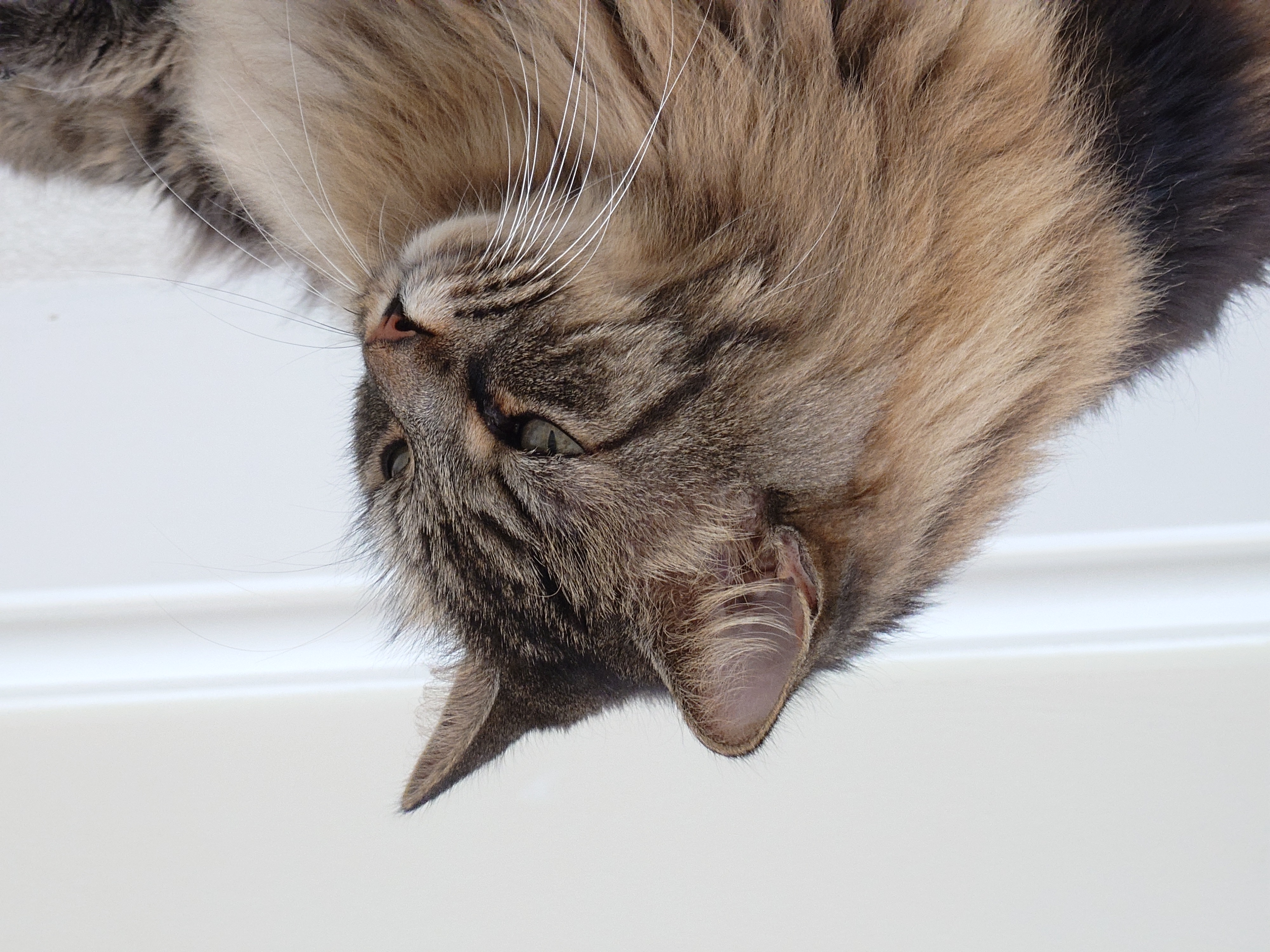







Fortunately, footage captured on the phone does look great. Resolution options climb up to 4K 120fps across all four cameras – which is impressive for fans of slow-motion video – and the phone records HDR video too. Feed the phone bright environments, and the new zoom lens really showcases what it can do, but when the lights drop, only the main camera can hold its own without too much tinkering.
Another point to focus on is macro capture. When you fire up macro mode, it locks the telephoto lens to 120mm and gives you control over focus, locking on subjects as close as 4cm away with a roughly 5x zoom range. This unlocks insect, flower and fine fabric photography without you needing to get too close to whatever you’re snapping.


The fact you can also capture 4K video at up to 120fps when using macro mode is unique to the Xperia 1 VI, making it the best option for macro photographers and videographers on the market.
Sony Xperia 1 VI review: verdict
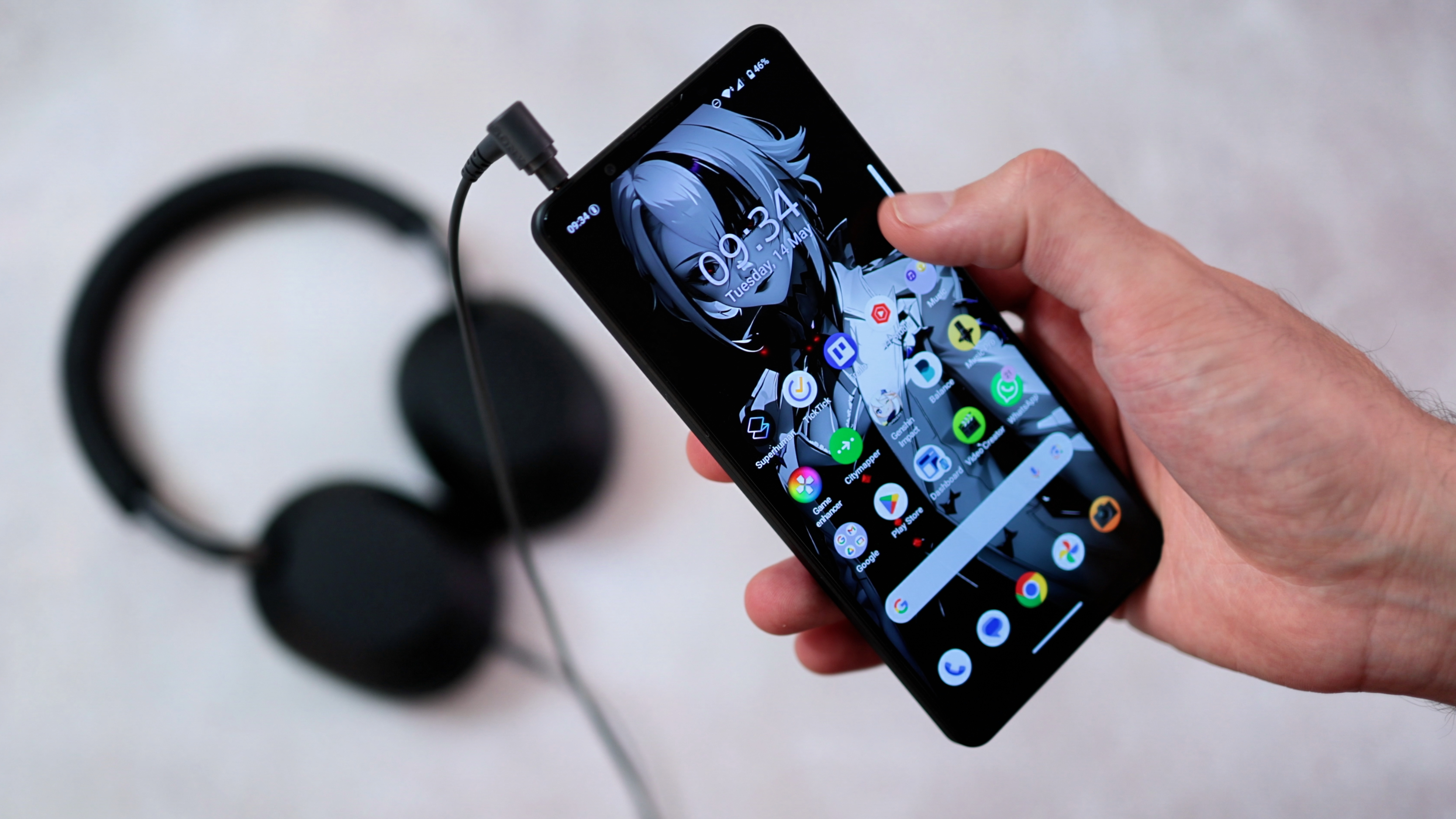
While Sony has mainstreamed aspects of the Xperia 1 VI and seriously improved the battery and zoom camera compared to past Xperia phones, the 1 VI is still a niche phone. This is mainly owing to its price now that its screen is a little less stretched than its predecessors.
If you specifically want front-firing speakers, a headphone jack, extensive manual photography control without heavy-handed AI photo processing and incredible macro photos and videos, then it could be your best phone of 2024. For most, however, there are better value alternatives out there that are even more mainstream than Sony’s most mainstream flagship in recent years.
Also consider
If you like the idea of an all-round value champ with flagship specs, you may be better served with the OnePlus 12 and its sharper screen, more computational photo processing and similarly excellent battery life.
For the best point-and-shoot Android camera phone, the Google Pixel 8 Pro is cheaper and better than the Xperia 1 VI when you want your snapper to make all the decisions for you.
Gamers who don’t want to pay Sony prices should look to the Redmagic 9 Pro, costing less than half the price of the Xperia 1 VI.
Fans of pen input and big screens who aren’t put off by high price tags should consider the Samsung Galaxy S24 Ultra – it's a mighty smartphone with more manual photo modes than most.
Finally, for a winning balance of traditional photography and computational power, plus more reliable photo quality, look to the Xiaomi 14 Ultra.

